Waterproof Metal Detectors
It seems like a lot of the spots to metal detect involve water. Beaches, rivers , so you might be asking, are metal detectors waterproof?
Most modern metal detectors have a waterproof coil. Unless the detector manufacture explicitly states that the control head (display) is waterproof assume that it isn’t. Metal detectors are sold that are waterproof, but this is usually a sign of a higher quality machine.
A waterproof coil means that the round sensor can be submersed only. With this type on unit, you must keep the control head dry. I can just about guaranty that if you drop the unit in the water, it’s going to stop working.
If you’re wondering if your coil is waterproof the easiest thing to look at is the wire connection. If the wire is connected directly to the coil and isn’t removable it is likely waterproof.
A 100% waterproof detector is a sign of quality. It takes more engineering to seal every seam and joint. With rechargeable batteries becoming more popular, its become easier for manufactures to add a seal charging port vs a battery tray.
Waterproof detectors do have limits though. The typical depth that units are rated for is 10 feet. Usually these machines will not have waterproof headphones or a vibration mode to be alerted to a find.
Have you wondered where to treasure hunting where others haven’t? we’ll give you a clue, add 10 feet of water plus diving gear and you’ll eliminate 98% of your competition. This is what submersible metal detectors are built for.
Usually, a submersible metal detector has four characteristics that will separate it from others : Old style twist knobs – it’s hard to adjust little buttons with diving gloves. Vibration built into unit – multiple feedback signals for finds ,Waterproof headphones – hearing a signal is our primary find feedback , A depth rating – waterproof units are typically good to 10 feet, with a submersible metal detector expect 200 feet.
What Type of Metal Detector is Best for Water? (VLF or PI)
We’ve tried to explain what Very Low Frequency (VLF) and Pulse Induction (PI) technology is in a metal detector, but for watery conditions a PI machines are better than VLF. (Especially saltwater)
Pulse Induction sends an electronic current burst into the ground which excites the field generated around the target. A good comparison is a radar tower sending a signal and measuring the change in the return signal.
This type of tech, improves the depth of detection and reduces the “noise” caused by eddy currents around objects. Water, especially saltwater will create a magnetic field around a metallic object (a VLF weakness). Those eddy currents create “hot rocks” and trashy signals.
Combining a PI machine with a double d coil adds a step up in accuracy by narrowing the signal into a deeper penetrating current burst. Pulse Induction Metal Detectors are going to cost more than VLF machines.
Since you are limited to the low tides, as far as hunting, you only have about four hours of available search time. Which puts a little bit of pressure on. But before you jump into the water, take a look around, and notice parts of the beach that have less sand than the rest. Quite often it will be the same in the water.
These areas are the best places to start. This is the technique we use and it works quite well, because usually it’s only a part of the beach that is producing the finds. If you don’t see an area, scan the beach with your detector fairly fast to find a spot that is producing and concentrate in that area.
Sometimes you’ll see channels, also known as cuts, in the water. These areas will have heavier sand and small and pebbles. This indicates that some of the sand has moved and shifted. Once you start finding old coins, you’ll know you’re in the right spot and you can bet there is more there because they generally lay in these pockets.
Also, if you’re finding old coins, there is a good chance gold is nearby, but much deeper, so dig the veins of heavy sand and pebbles. It’s like a natural sift holding heavy items. Be patient and concentrate on scanning the area from different directions.
If you are just a beginner at water hunting, summertime would be the best time to try it out. Many people are swimming and replenishing the the beaches, so there should be plenty of targets to find. Start at the most popular beach in your area. Try to detect early in the morning, because the water is usually calmer, or later in the evening after everyone starts to go home. If you haven’t found much, don’t panic, the sand could move with the next tide.
If this is your first time out, it might be a good idea to practice. Before you jump in, practice in ankle deep water first, so you can see the general area of your target.
A good water scoop is extremely important, and you need to know how to pinpoint your target, because when the water is murky and stirred up you might as well have a blindfold on. I noticed that after water hunting for several years, I didn’t need to use our pinpointing features on our land detectors anymore.


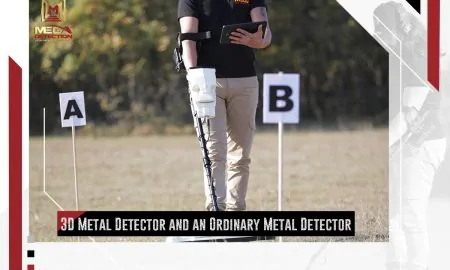
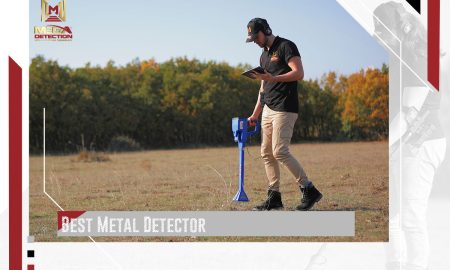
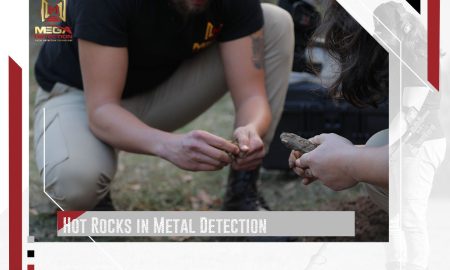
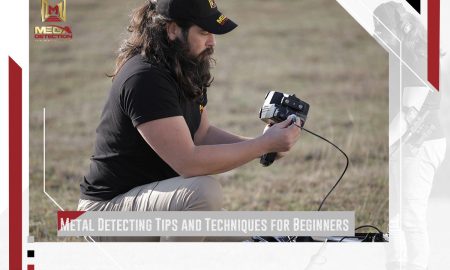



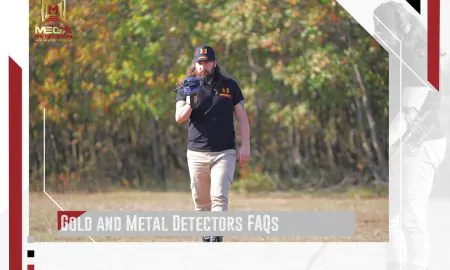

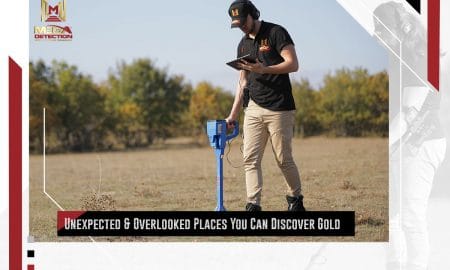
Leave a Reply